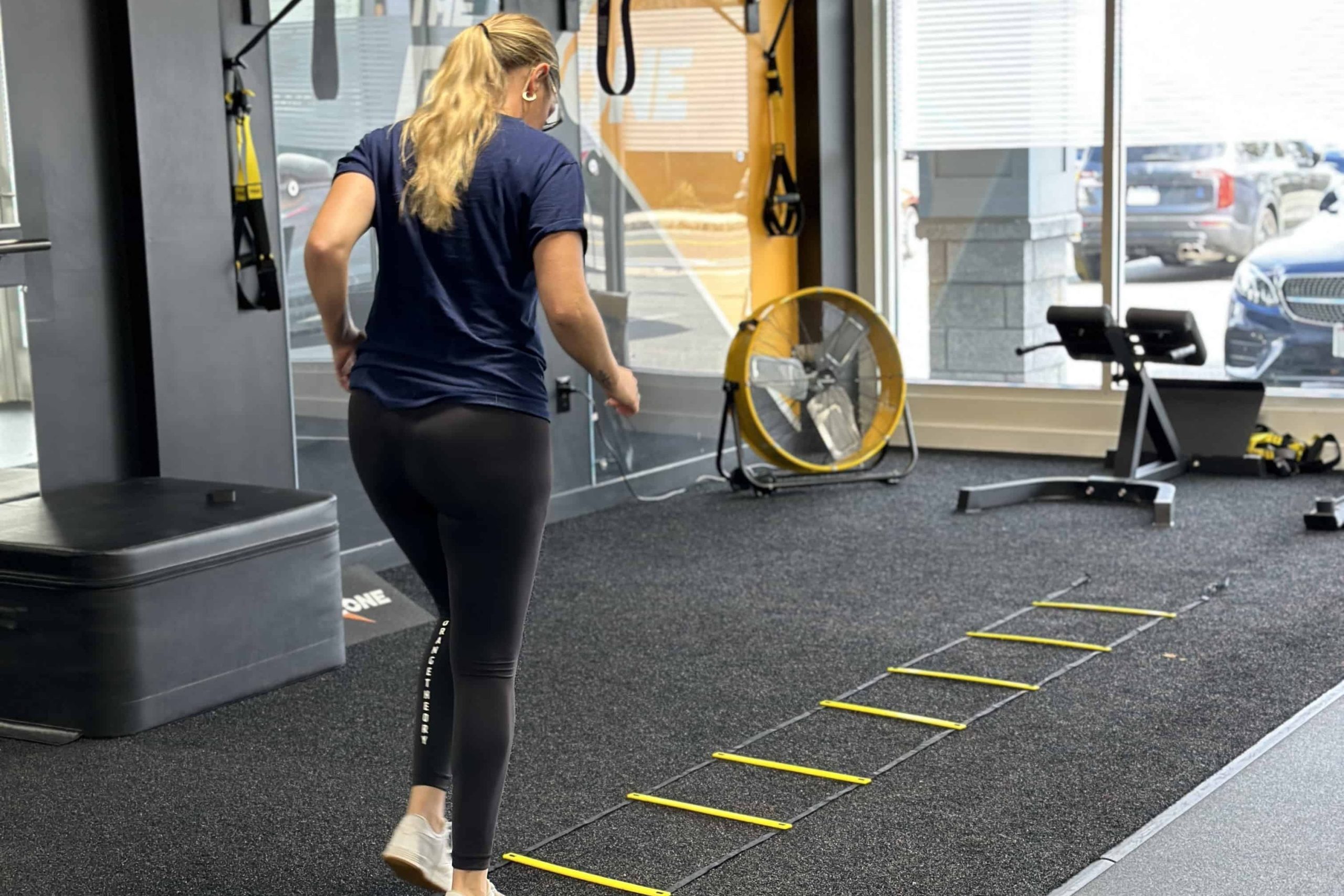Run Stronger: Physical Therapy For Runners
- Optimizes stride mechanics
- Minimizes repetitive strain and overuse injuries
- Speeds recovery from foot and ankle issues
- Enhances endurance and overall performance
- Reduces risk of re-injury for safer mileage growth

What is Physical Therapy for Runners
and How Does It Help?
Physical therapy for runners is all about addressing the unique demands of running—whether you’re training for your first 5K or tackling ultra distances. By analyzing gait, strength, and flexibility, a licensed therapist can pinpoint inefficiencies or imbalances that lead to common running injuries.
Through targeted exercises, manual therapy, and technique refinements, physical therapy can help runners improve stride mechanics, reduce impact forces, and optimize running economy. This ensures you can rack up the miles with greater confidence and fewer setbacks.
Whether you’re coming back from an Achilles issue or simply want to prevent nagging knee pain, a runner-focused PT approach provides the knowledge and tools you need to keep training safely while chasing your next personal best.
By addressing gait flaws and muscular weaknesses, physical therapy helps minimize harmful stress on joints, tendons, and ligaments. This approach not only resolves acute injuries but can also prevent future overuse issues like shin splints or Runner’s Knee.
Ultimately, physical therapy for runners supports a healthier, more efficient stride—allowing you to train longer, recover faster, and enjoy the road or trail for miles to come.

In The Zone
Conditions Physical Therapy for Runners Can
Help Address: (A-Z)
ACL Tear
Physical therapy supports knee stability and proper running form post-ACL repair, ensuring a safe return to mileage.
Achilles Rupture
Specialized exercises rebuild calf strength and improve push-off mechanics, helping runners safely increase speed.
Ankle Sprains
Therapy restores ankle stability, improves proprioception, and corrects stride imbalances that heighten sprain risk.
Bursitis (hip, pes anserine)
Physical therapy reduces inflammation through hip stabilization and gait refinements, easing painful bursae.
IT Band Syndrome
Overstriding or weak hips often trigger lateral knee pain. Therapy targets glute strength and running form to ease friction on the IT band.
Joint Sprains (ankle, knee)
Improper foot strike or uneven terrain can stress ligaments. PT helps restore dynamic stability and safe landing mechanics.
Meniscus Tears
Therapy supports cartilage healing, knee alignment, and progressive loading so you can resume running without flare-ups.
Patellar Tendinitis
Uphill running or speed work can strain the patellar tendon. PT refines knee loading and builds tendon resilience to control pain.
Patellofemoral Pain Syndrome
Misalignment of the kneecap leads to front-knee pain, especially on hills. PT improves quad balance and foot positioning to reduce patellar stress.
Piriformis Syndrome
Tight hip rotators can irritate the sciatic nerve. Physical therapy addresses core stability and dynamic hip control to alleviate buttock pain.
Plantar Fasciitis
Excessive mileage or improper footwear can strain the plantar fascia. PT improves foot mechanics, strengthens arch support, and manages inflammation.
Runner’s Knee
A common overuse injury, runner’s knee stems from repeated stress on the patellofemoral joint. PT focuses on hip-knee alignment, muscle balance, and reduced joint loading.
Sacroiliac Dysfunction
An unstable SI joint can cause low back or hip pain during long runs. Therapy improves pelvic alignment and core control for pain-free strides.
Severs Disease
Common in growing adolescents who run frequently, Severs causes heel pain. PT helps offload stress from the growth plate and improve foot mechanics.
Shin Splints
Rapid mileage increases or poor foot strike can inflame the lower leg. Therapy builds calf endurance and corrects running mechanics to reduce shin pain.
Common Questions About Physical Therapy For Runners
1. Will I have to stop running during rehab?
Often, no. Many runners can continue easy or modified training while healing. Your physical therapist will tailor a plan that balances recovery with maintaining your fitness base.
2. How soon can I return to my normal mileage?
It varies by injury severity and individual recovery. Most therapists use gradual progressions—like the 10% rule—to ramp up mileage without risking re-injury. You’ll set realistic weekly goals together.
3. Can PT help me run faster or prevent future issues?
Absolutely. Physical therapy not only fixes current problems but also addresses underlying biomechanical flaws. By optimizing form and strength, you can improve efficiency and reduce the chance of recurring injuries.
4. Do I need custom orthotics to improve my running form?
Not always. Some runners benefit from orthotics, but others improve with targeted exercises and footwear choices. Your therapist will assess foot alignment, arch strength, and gait to see if orthotics are truly necessary.
5. How often should I come to therapy?
Frequency depends on your injury stage and treatment goals. Early on, weekly or bi-weekly sessions may be ideal. As you progress, you might shift to check-ins while following a home or gym program.
6. What if I only have minor aches—do I still need PT?
Small niggles can escalate if left unaddressed, especially with running’s repetitive stress. A PT evaluation can catch and correct minor biomechanical flaws early, preventing bigger problems down the road.
7. Do you offer gait analysis or running assessments?
Many clinics do. A running-specific assessment can highlight stride inefficiencies, footstrike issues, or strength deficits. This data guides a more tailored rehab and injury-prevention plan.














